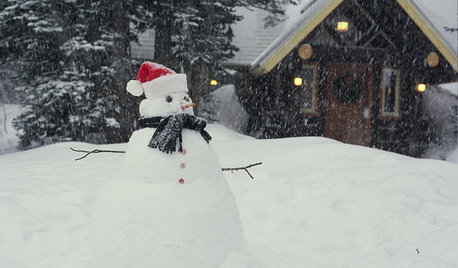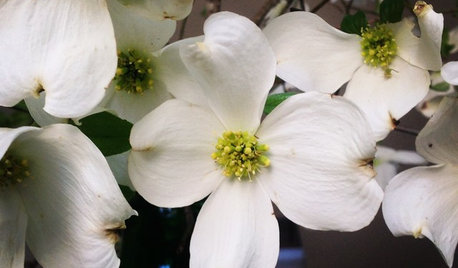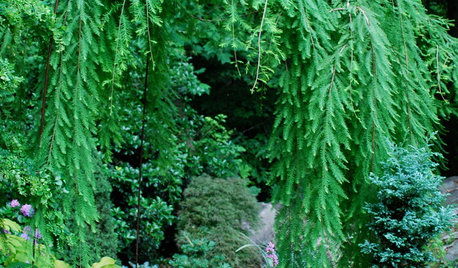Plants that survive deer and juglone,nearby black walnut trees
dottie_in_charlotte
17 years ago
Related Stories

LIFEShare Your Winter Storm Jonas Photos and Survival Tips!
Let’s see your pictures and hear your ideas on how you’re keeping your house warm and staving off cabin fever
Full Story
GARDENING GUIDESOh, Deer! 10 Native Flowers That Stand Up to the Herds
Keeping a garden amid hungry deer can be hard, but these plants should fare well
Full Story
GARDENING GUIDESTop 12 Summer-Blooming Perennials for Deer-Resistant Drama
Can you have garden color, fragrance and exciting foliage with hungry deer afoot? These beauties say yes
Full Story
CONTAINER GARDENS7 Deer-Resistant Flowers for Your Summer Containers
Grow these as protection for edibles or just for their colorful beauty — deer might not like them, but everyone else will
Full Story
GARDENING FOR BIRDSFeed the Birds: 6 Plants for Abundant Winter Berries
Be kind to your fair feathered friends during lean food times by planting a shrub or tree loaded with nutritious snacks
Full Story
GARDENING GUIDESGreat Design Plant: Cornus Florida Benefits Wildlife
Flowering dogwood provides fiery red foliage in fall and beautiful springtime blooms
Full Story
GARDENING GUIDESHow to Find the Right Native Plants for Your Yard
Find plant maps, sale sites and guides that make going native in the garden easier than ever
Full Story
LANDSCAPE DESIGNThe Weepers and the Creepers: 10 Intriguing Trees for Your Garden
Bring something a little different to your landscape with a tree that dives, twists or crawls
Full Story
HOLIDAYSHouzz Call: Show Us Your Christmas Tree!
How lovely are your branches? Post a picture and share your stories
Full Story
GARDENING GUIDES8 Plants for a Deliciously Fragrant Fall Garden
Scent the autumn air with the perfume of caramel corn, honey and spices by adding these intoxicating plants to your landscape
Full StorySponsored






blueangel
rosemary_ny
Related Professionals
Clark Landscape Architects & Landscape Designers · Paradise Landscape Architects & Landscape Designers · East Patchogue Landscape Architects & Landscape Designers · Bethel Park Landscape Contractors · Brooklyn Park Landscape Contractors · Burlington Landscape Contractors · Farmington Landscape Contractors · Fruit Heights Landscape Contractors · Lemay Landscape Contractors · Manhattan Landscape Contractors · Pahrump Landscape Contractors · Parker Landscape Contractors · Waipahu Landscape Contractors · Waldorf Landscape Contractors · Maple Heights Landscape Contractorsrosemary_ny
dottie_in_charlotteOriginal Author